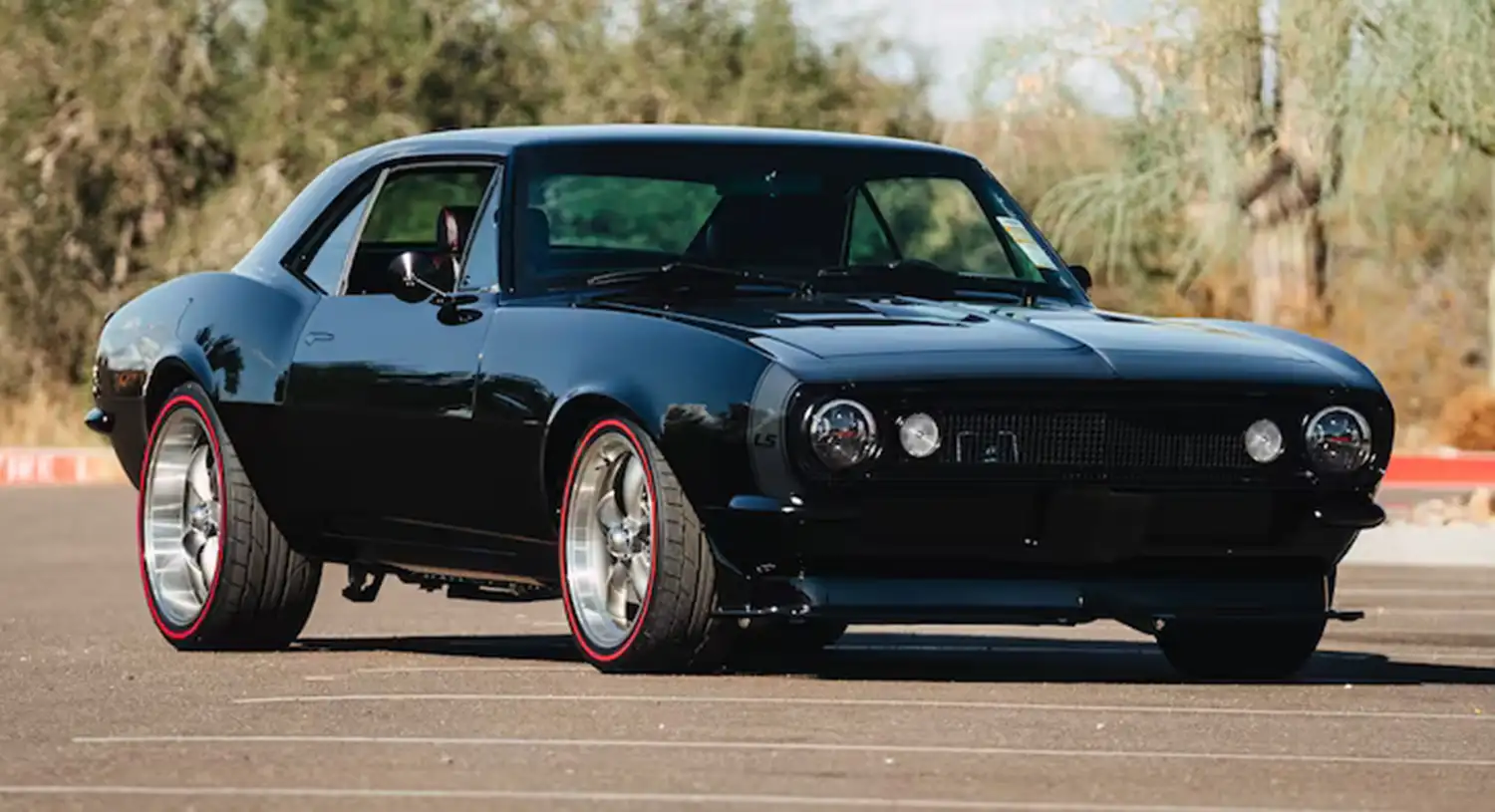
Source: Chevrolet.com
WORDS: DAN HODGDON
PHOTOS: LUCAS PRIAMO and NATE LIGHT
Troy Schindler knew what he wanted out of his 1967 Camaro, but he couldn’t truly show anyone until he built it.
“It’s something that I could picture in my head, but I couldn’t draw it on paper,” he said during November’s Goodguys Speedway Motors Southwest Nationals in Scottsdale, Arizona. “I basically had to build the car I could see what it was going to look like.”
The black Camaro, fittingly called “Black Haze,” is an eye-popping example of Schindler’s creative vision.
Schindler was born and raised in Lewistown, Montana, and currently lives in Great Falls in the Treasure State. He runs T&C Collision Center, a shop that primarily focuses on insurance work, but also builds a variety of performance projects for customers. His father once owned a body shop, where Schindler gained much of his knowledge.
Now his own son, Camryn, who accompanied his father at the Goodguys Scottsdale show, is following in his footsteps.
Troy Schindler obtained the Camaro from his father 15 years ago and worked on the project for about six years in his spare time. The car was originally from Montana and was in decent shape. But since it was a simple version of a first-generation Camaro, Schindler decided to make it his own with a modern Chevrolet Performance Connect & Cruise Crate Powertrain System and a custom-designed chassis.
“The car is not an RS, SS or anything like that, it’s just a plain Jane ’67 Camaro and I just wanted to put my spin on it and make it cool,” Schindler said.
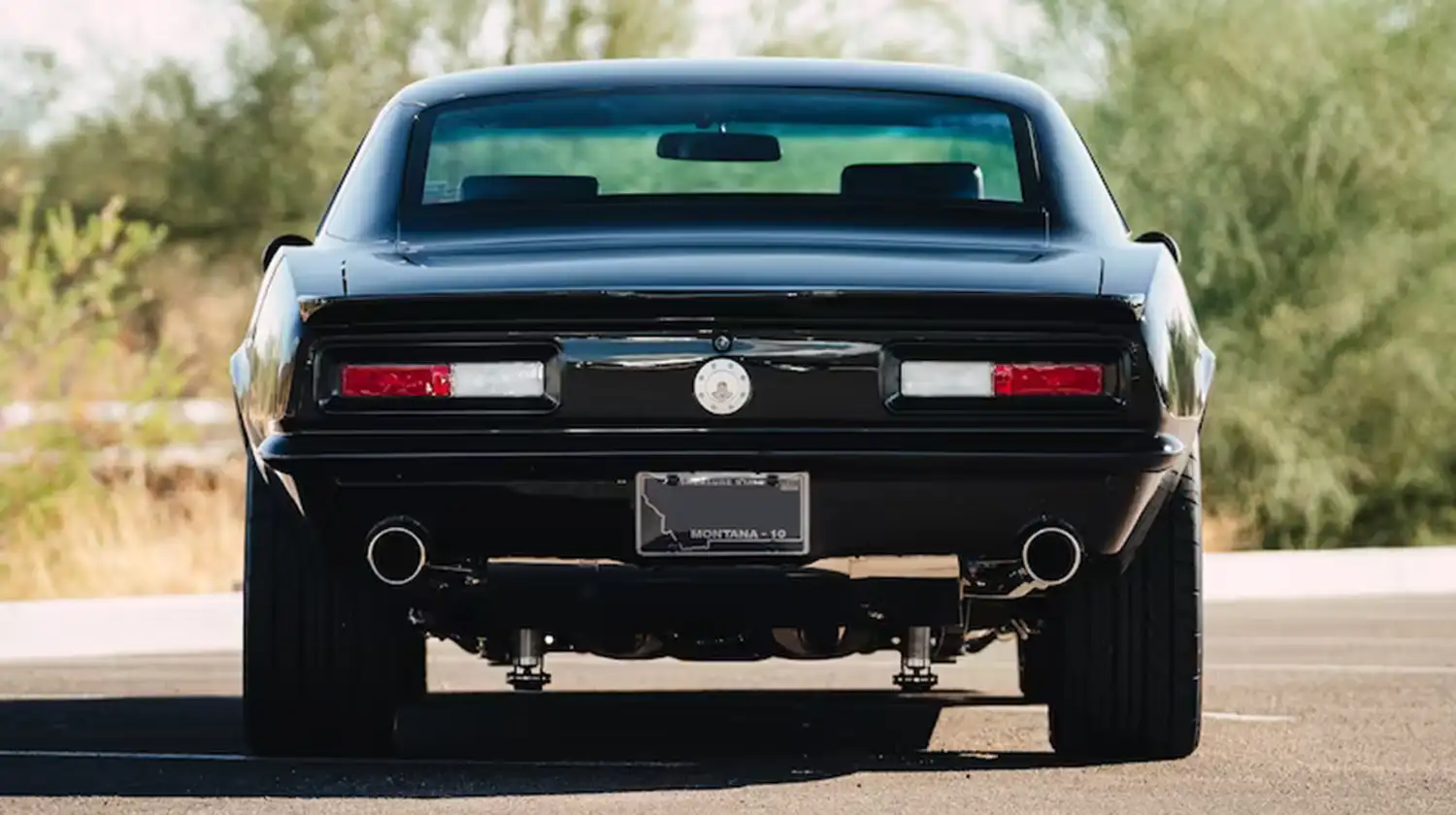
Schindler’s Connect & Cruise Package features Chevrolet Performance’s LS376/480 crate engine,* and he incorporated custom valve covers reading “LS3.” The engine is based on the standard LS3 crate,* but makes 495 horsepower and 473 horsepower due in large part to its racing-inspired LS Hot Cam. Schindler’s engine is mated to a Super Magnum six-speed manual transmission featuring a 700 lb.-ft. torque-capacity limit. The Camaro originally came with a 327 cu.-in. Small-Block and three-speed manual, meaning the current powertrain setup is similar to how General Motors might have built the car 60 years later.
“I love the horsepower and it’s a plug-and-play setup,” Schindler explained about the Connect & Cruise option. “It comes from GM already dyno’d and tuned, so it’s pretty easy. You don’t have to fight with anything. I’m really happy with it. The performance is awesome. I’ve had a lot of old cars with old engines and the oil leaks and the transmissions leaks. I kind of wanted to build something that was more modern, with air conditioning and power windows, that was more reliable.”
As Schindler mentioned, the Connect & Cruise concept is designed to take the guesswork out of the powertrain with systems that are factory-matched by Chevrolet Performance engineers. Each one comes with a variety of necessary components; Schindler’s included an engine, transmission, engine controller and transmission installation kit. He relied on Painless Performance products for some electrical and wiring elements as well.
Schindler utilized Gary Forster of Gary’s Chassis to design and build a new chassis to fit the car and the modern powertrain. It also matches the ride Schindler was looking for. Forster does his work incorporating many of the same processes and components as today’s well-known aftermarket chassis builders to provide updated driving characteristics. However, he still uses a drafting table as opposed to a CAD program.
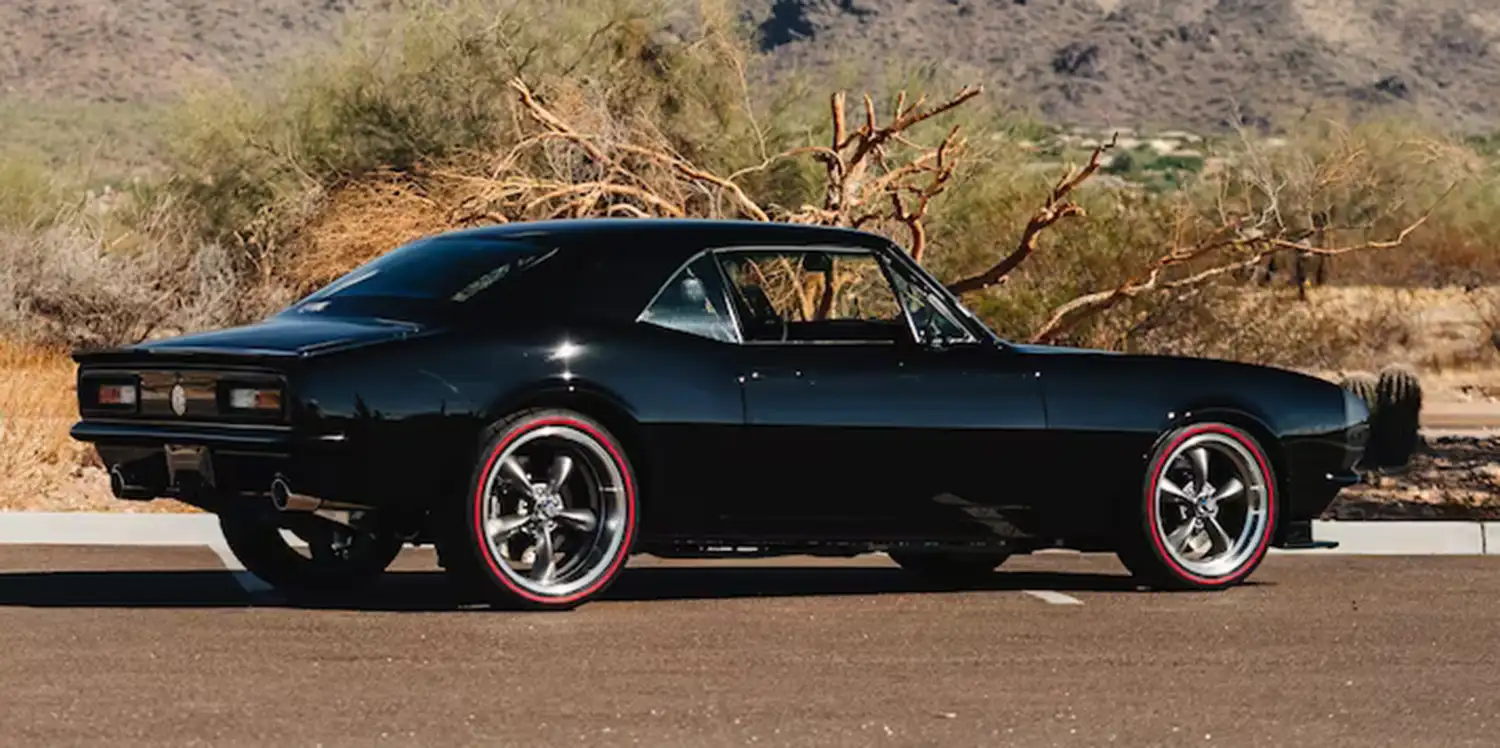
Schindler’s chassis includes chromoly front control arms, a four-link rear suspension, Ford nine-inch rear end with 4.11 gears, QA1 coilovers on all four corners, rack-and-pinion steering, and 14-inch Wilwood brakes.
The car also features a one-off custom hood which started as the factory piece, but Schindler estimates he has modified it over 200 hours. It even includes some 3D-printed elements. A CVS front-drive kit and hood hinges are part of the setup as well. Schindler had to do a bit of fabrication work to provide clearance for the intake and throttle body, but by and large, the powertrain fit in the new chassis seamlessly.
“Little stuff you just have to tweak on,” he said.
The Camaro also includes a stainless fuel tank, and exhaust is spent through a one-off stainless exhaust system with electronic cutouts and Borla mufflers.
The car was originally blue, but Schindler repainted it in Sherwin-Williams black paint with five layers of clear coat. The engine and transmission are painted in gloss silver like the stripe on the exterior, while the inner fenders are done in semi-gloss to create some contrast.
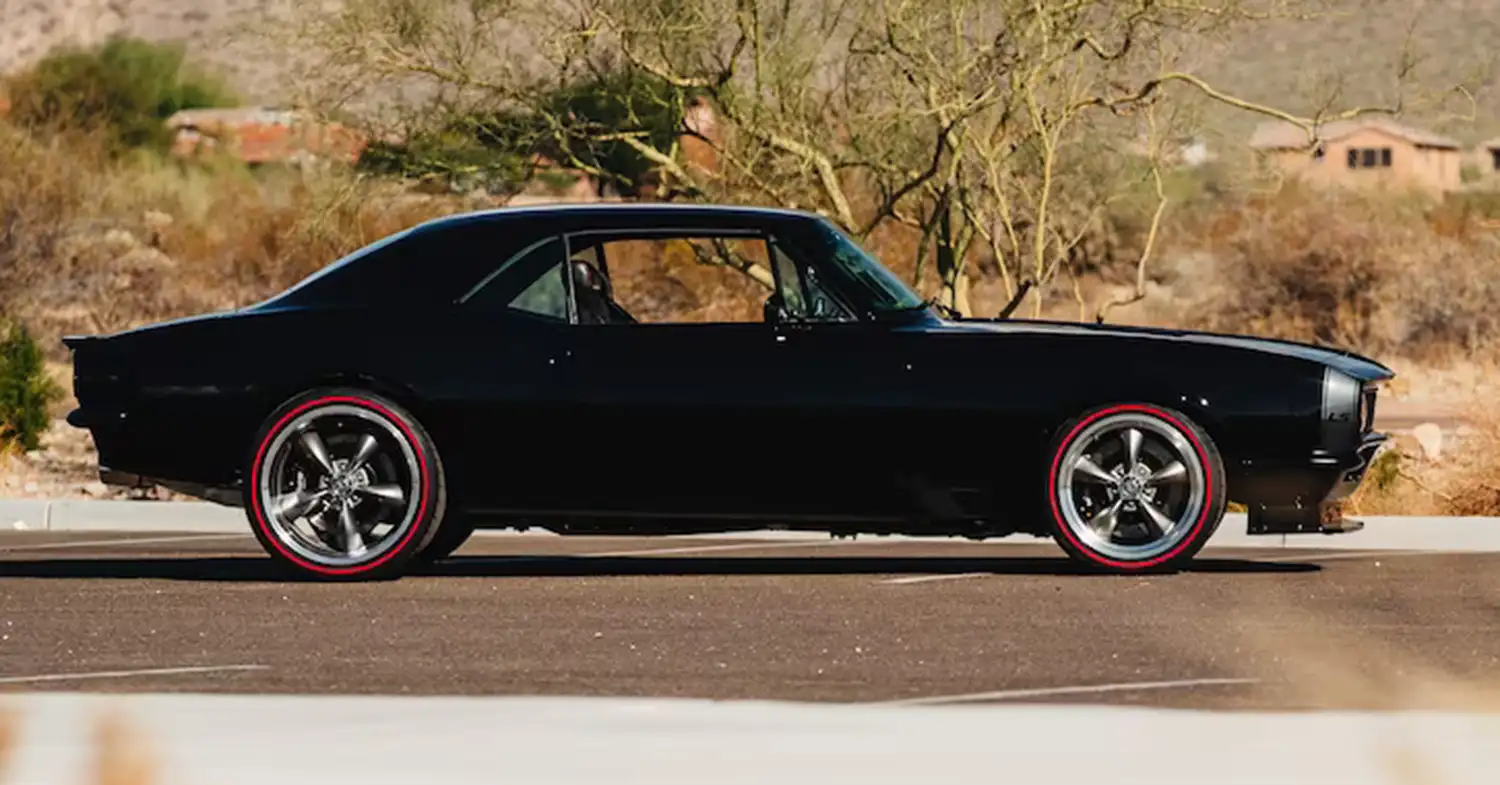
The Camaro sports blacked-out trim, with Kindig-It Design flush door handles, LED lights with sequential taillights, and rear exhaust exits all contributing to the car’s mean look. Other exterior highlights include a split front bumper, narrowed and tucked rear bumper, and both a hand-fabricated aluminum front splitter and rear deck lid spoiler. Fesler flush-mounted glass, a Rain Gear wiper system and rain-gutter delete also contribute to the car’s appearance and help the driver’s visibility.
The car even includes custom “LS” badges on the front fenders, alerting passersby to the power under the hood. The badges are a nod to the ones appearing on first-gen Camaros.
“They all have SS or RS, this is LS,” Camryn Schindler said.
The Camaro utilizes Detroit Speed mini-tubs in the rear, accommodating the Nitto NT555 G2 Ultra High Performance tires featuring a redline kit from Tire Stickers. The rubber measures 275/35R20 out back and 235/40R18 up front. At the Scottsdale show, the tires were complemented by Torq Thrust wheels, but Schindler has a set of Budnick wheels being built. In fact, they are what he built the car around.
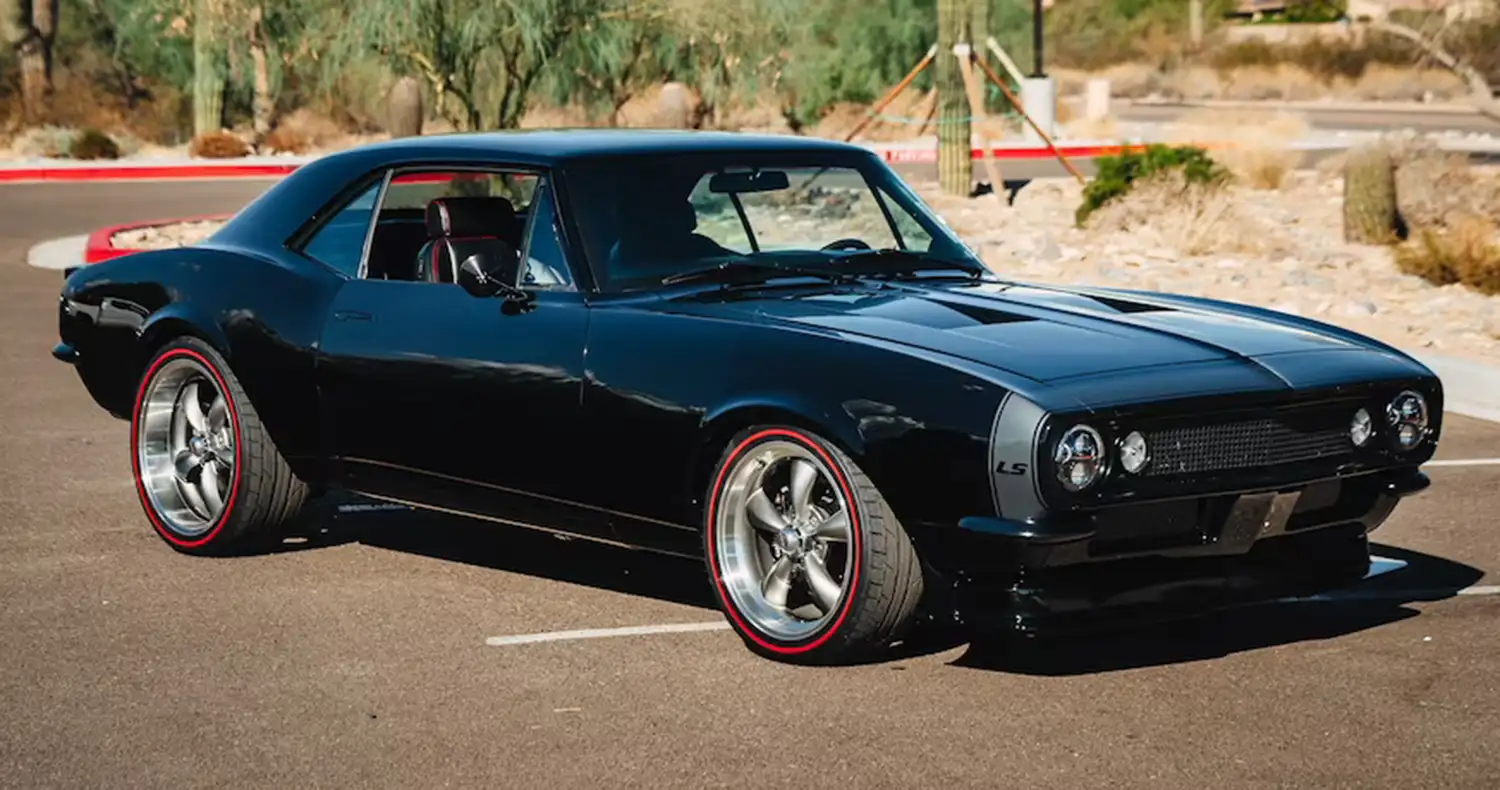
The interior came from TMI and includes red stitching in the black seats and on the dashboard to subtly complement the redline tires.
“They pretty much built everything and shipped it to me and then I just put it together,” Schindler said.
The Camaro’s interior also sports Dakota Digital gauges, a Vintage Air air-conditioning system, ididit steering column, and a hand-fabricated center console and shifter.
A Bluetooth Custom Autosound audio system with Rockford Fosgate speakers, amp and subwoofers cranks out the tunes, while power windows, power door locks and a power trunk offer modern convenience. The setup is completed by a Digital Guard Dawg push-button start with an alarm.
Schindler is a fan of many vehicles but has an affinity for a those from Chevrolet. His current build is his first Camaro, but he has owned three 427-powered Impala SS models.
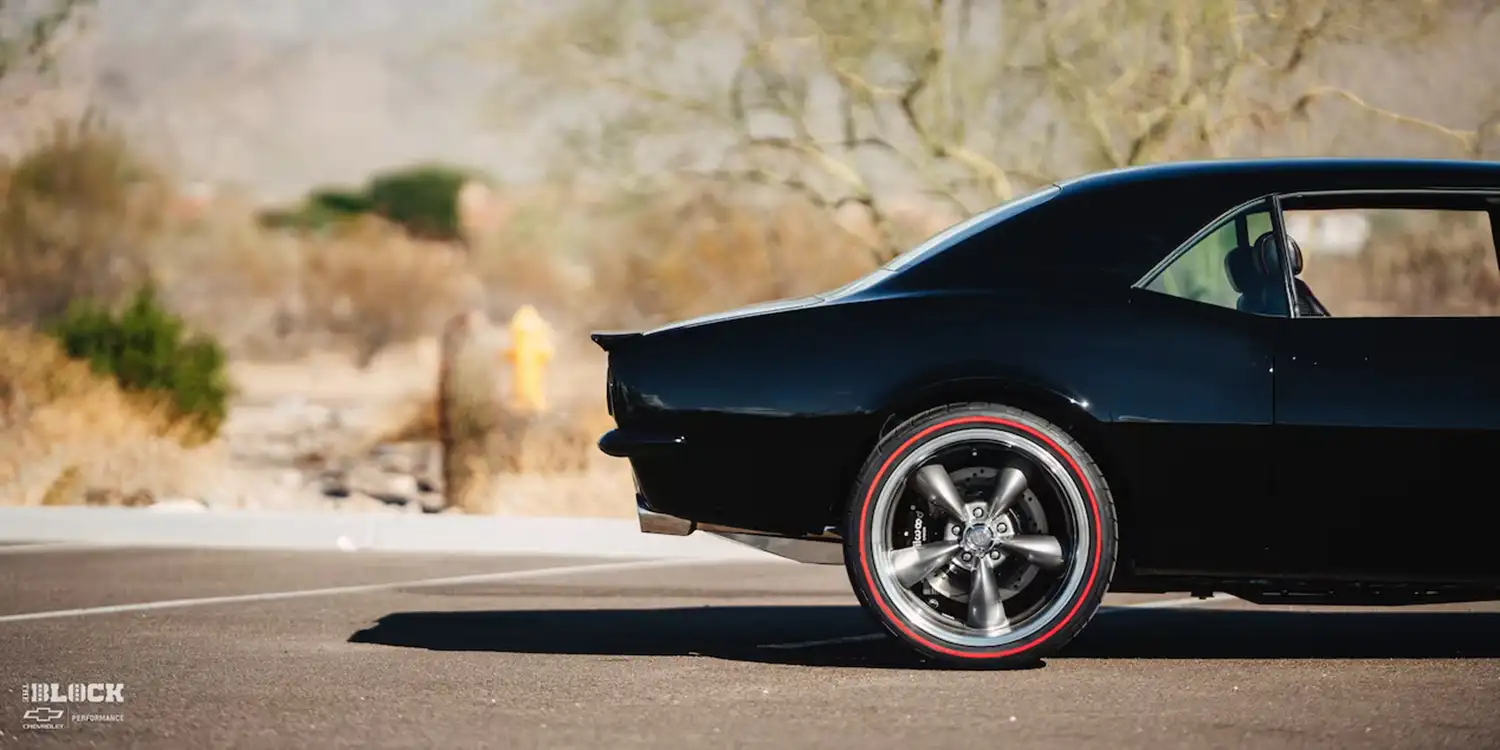
His son, Camryn, helped on some of the build, and is currently working on his own 1980 Chevrolet C10 stepside pickup. It is painted black to match his father’s Camaro.
The duo has attended several shows with the car already. Their LS376/480 won the “Best Engine” award at Rumble in the Bay in Bigfork, Montana, then took the same honor at the fall Goodguys Scottsdale event. They hope to take the Camaro to the SEMA Show and on HOT ROD Power Tour in the coming months and years.
“It shows pretty well,” Troy Schindler understatedly said of the project.
With his vision having come to life and LS3 crate engine power under the hood, the Camaro is set to be a standout wherever it goes.
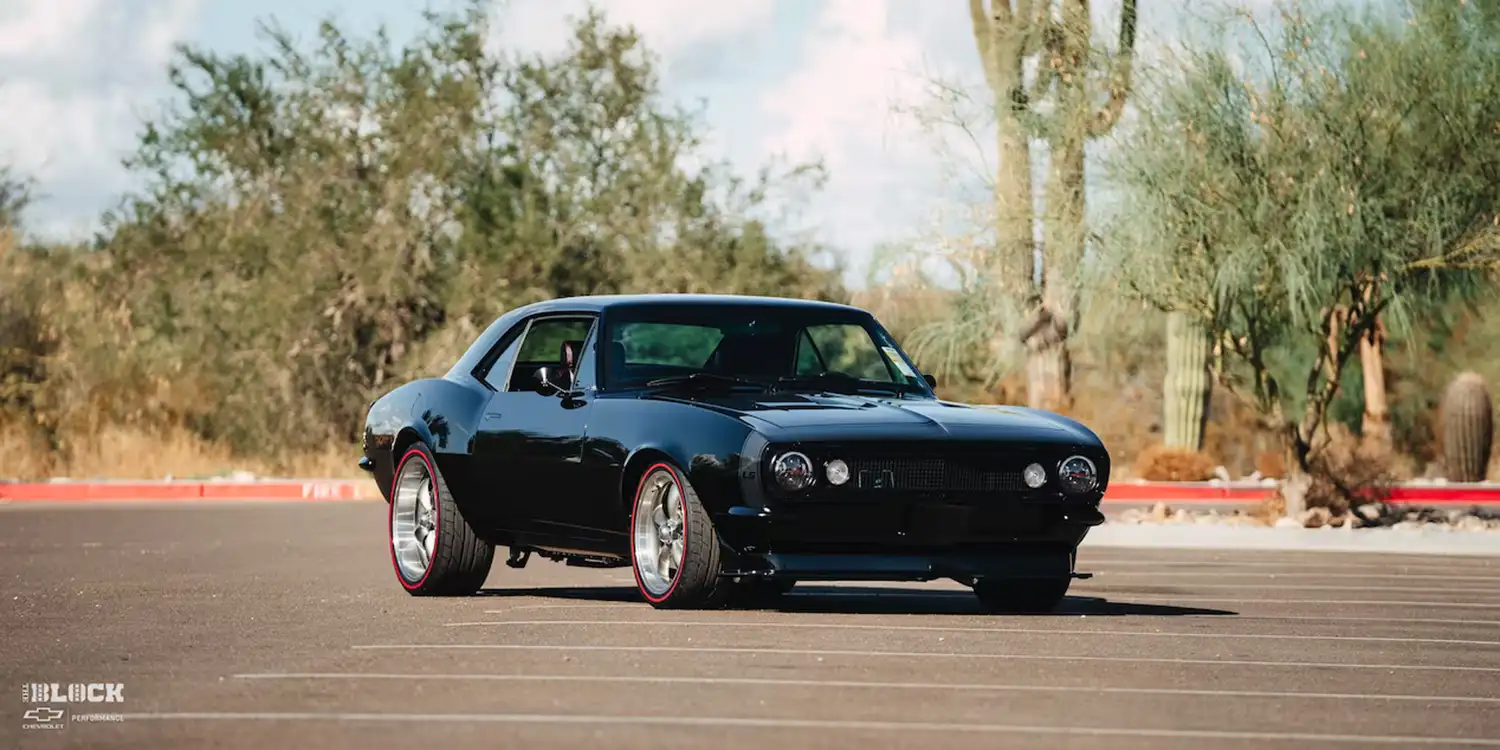
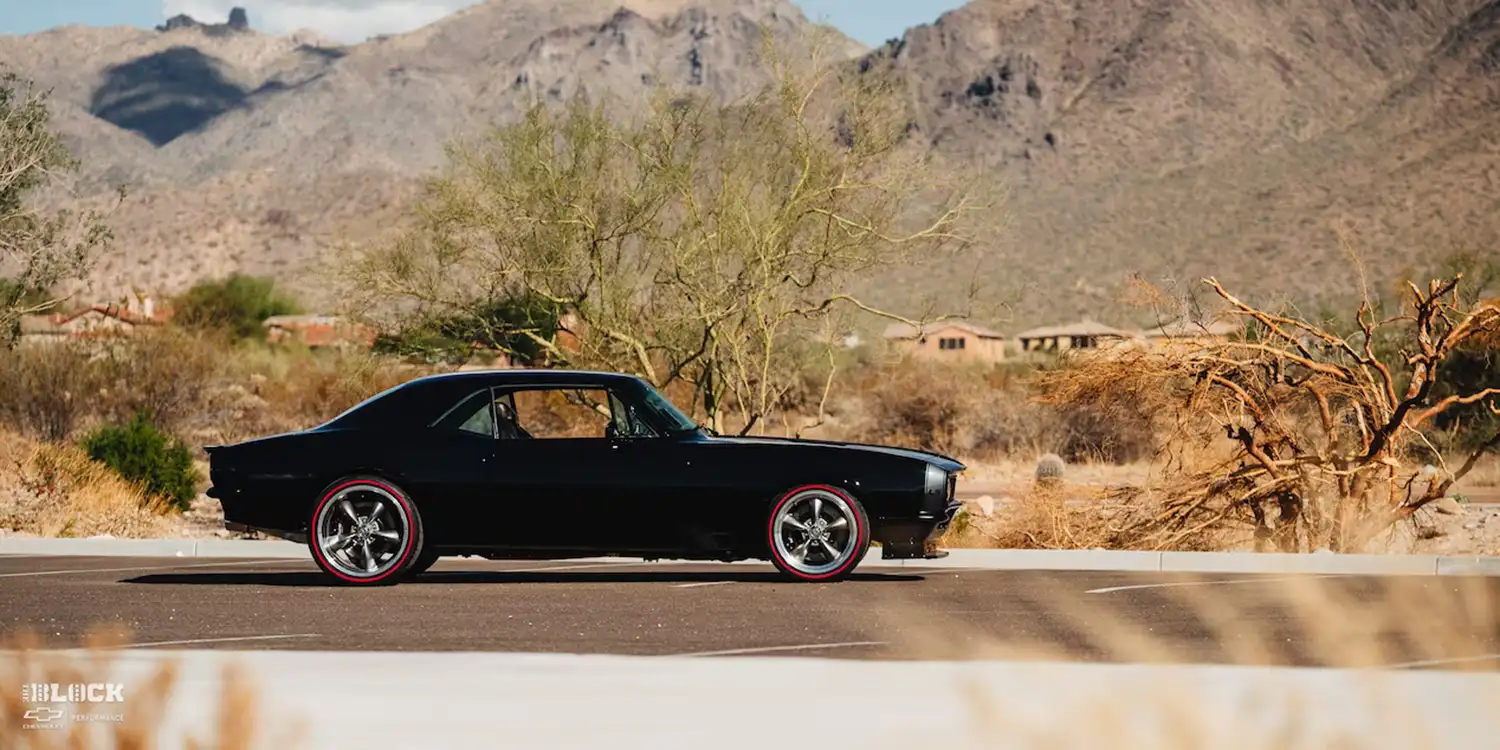
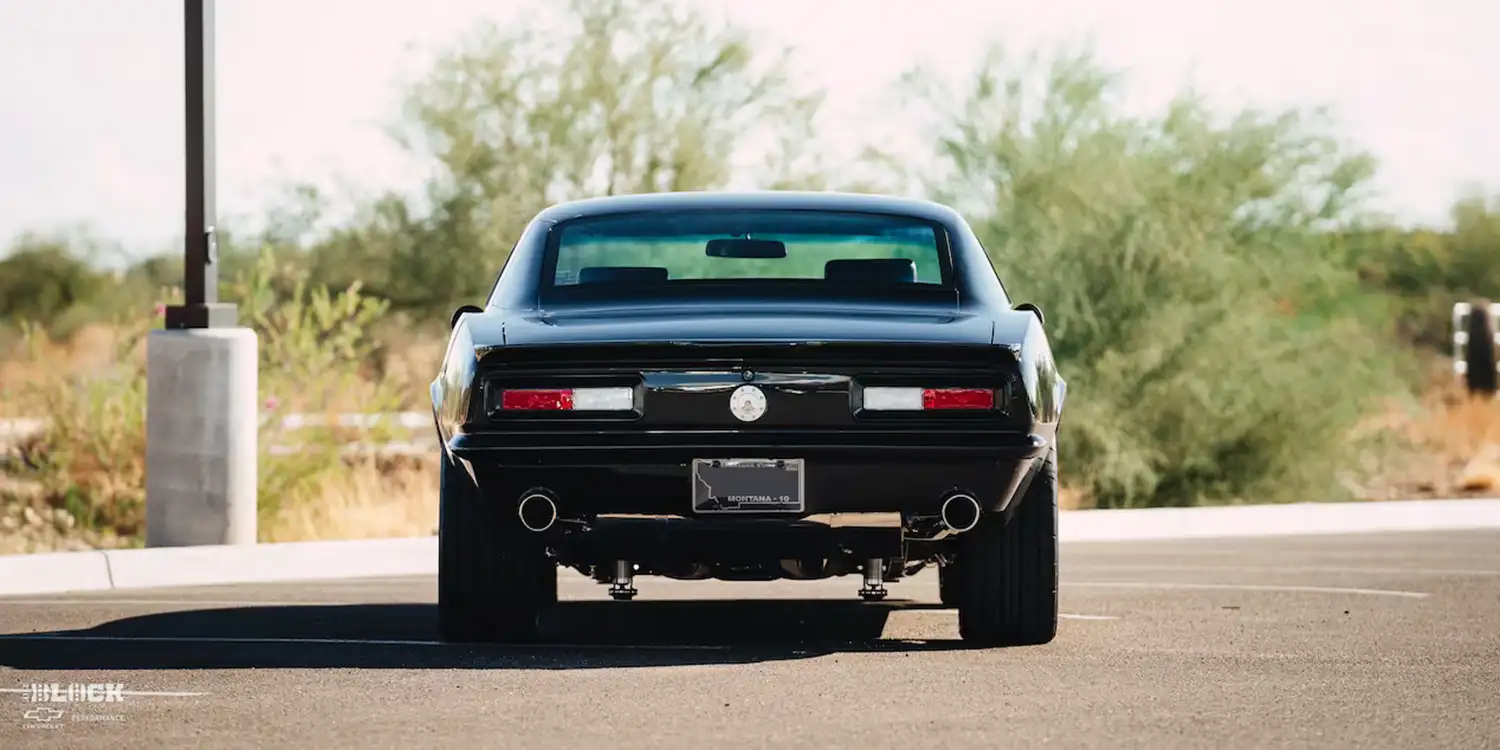
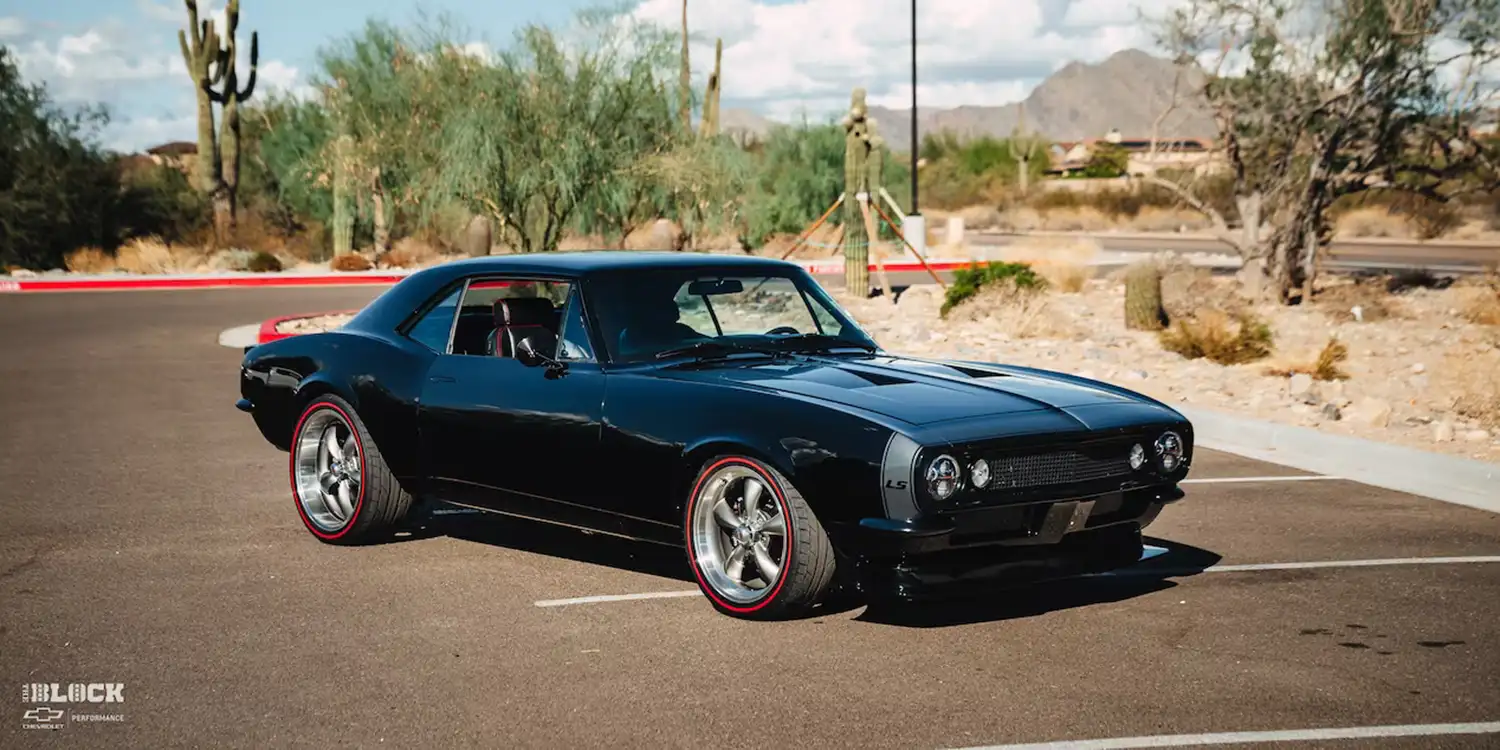
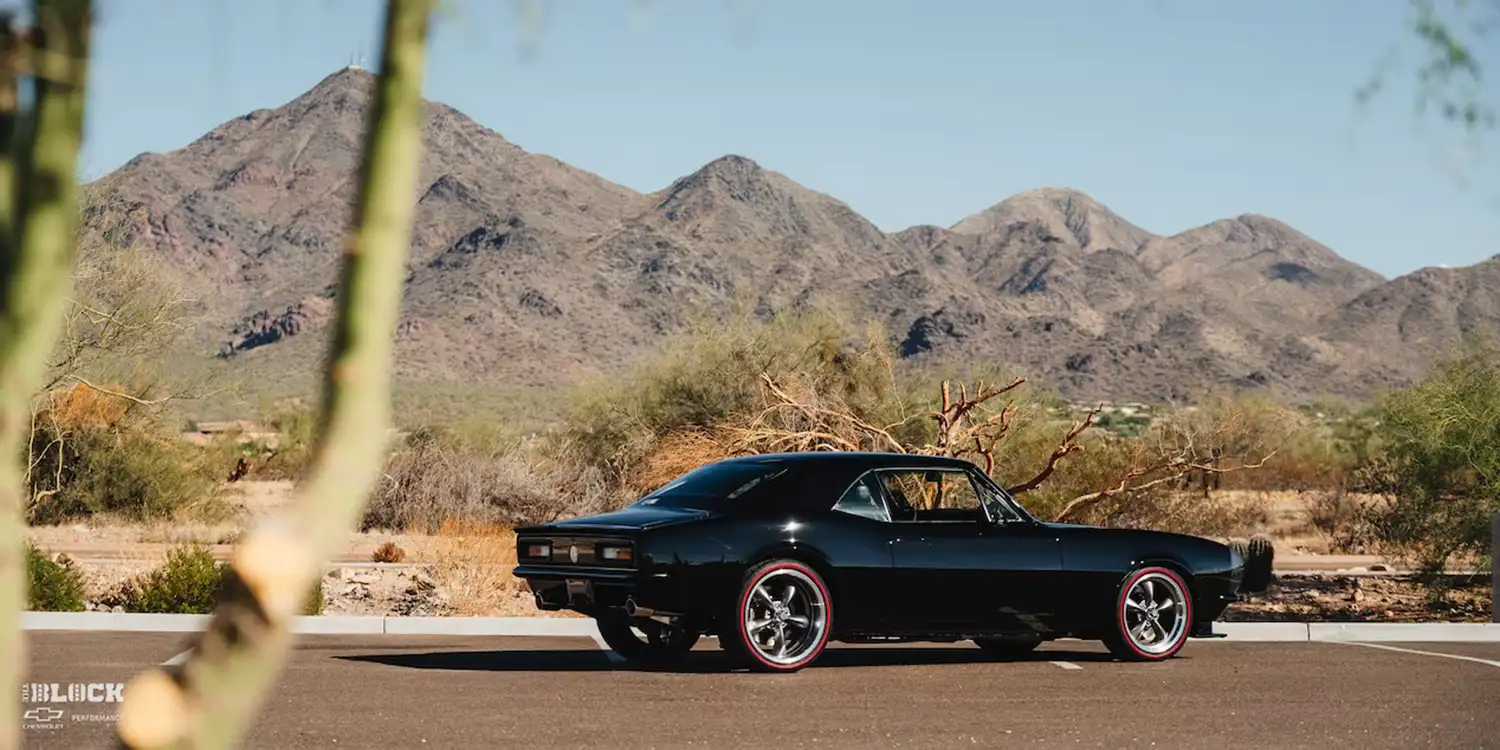

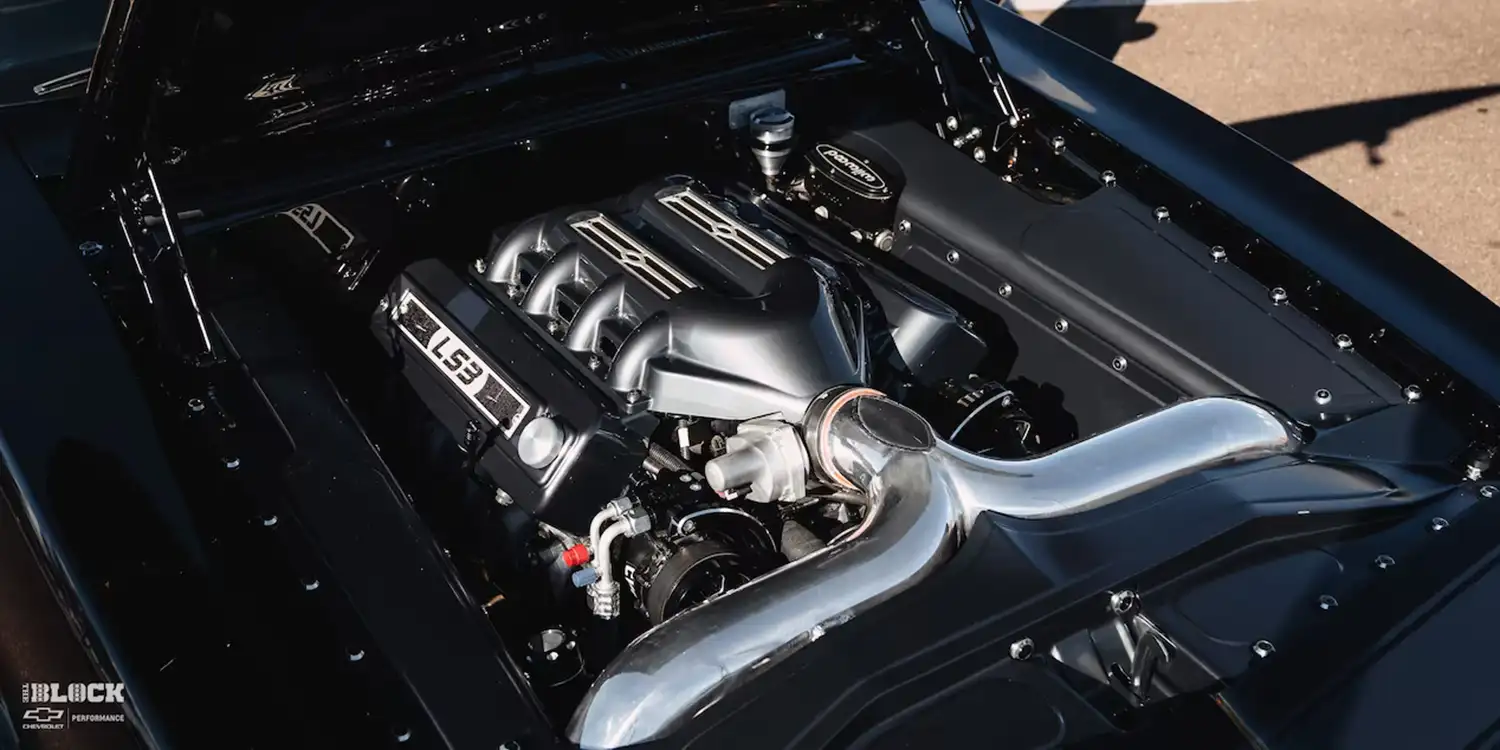
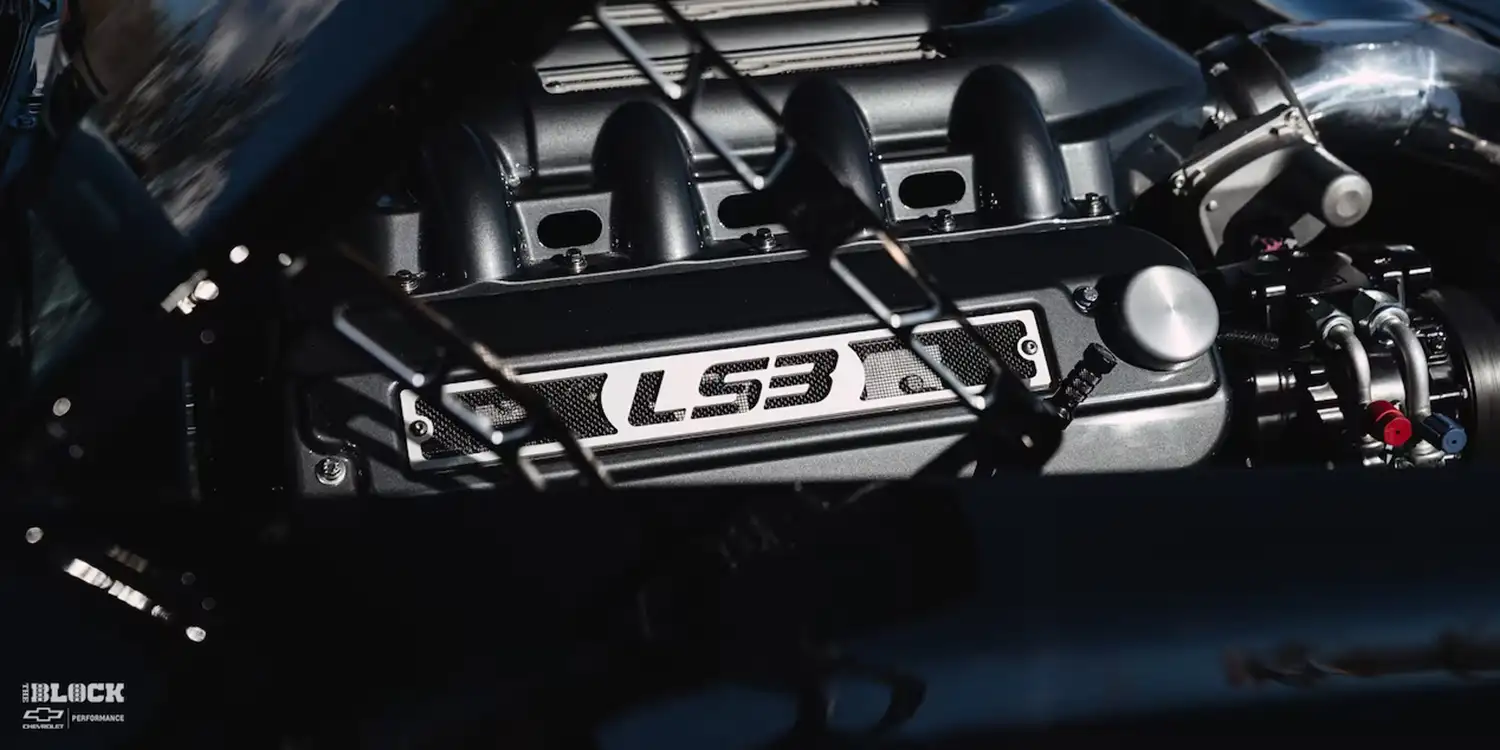
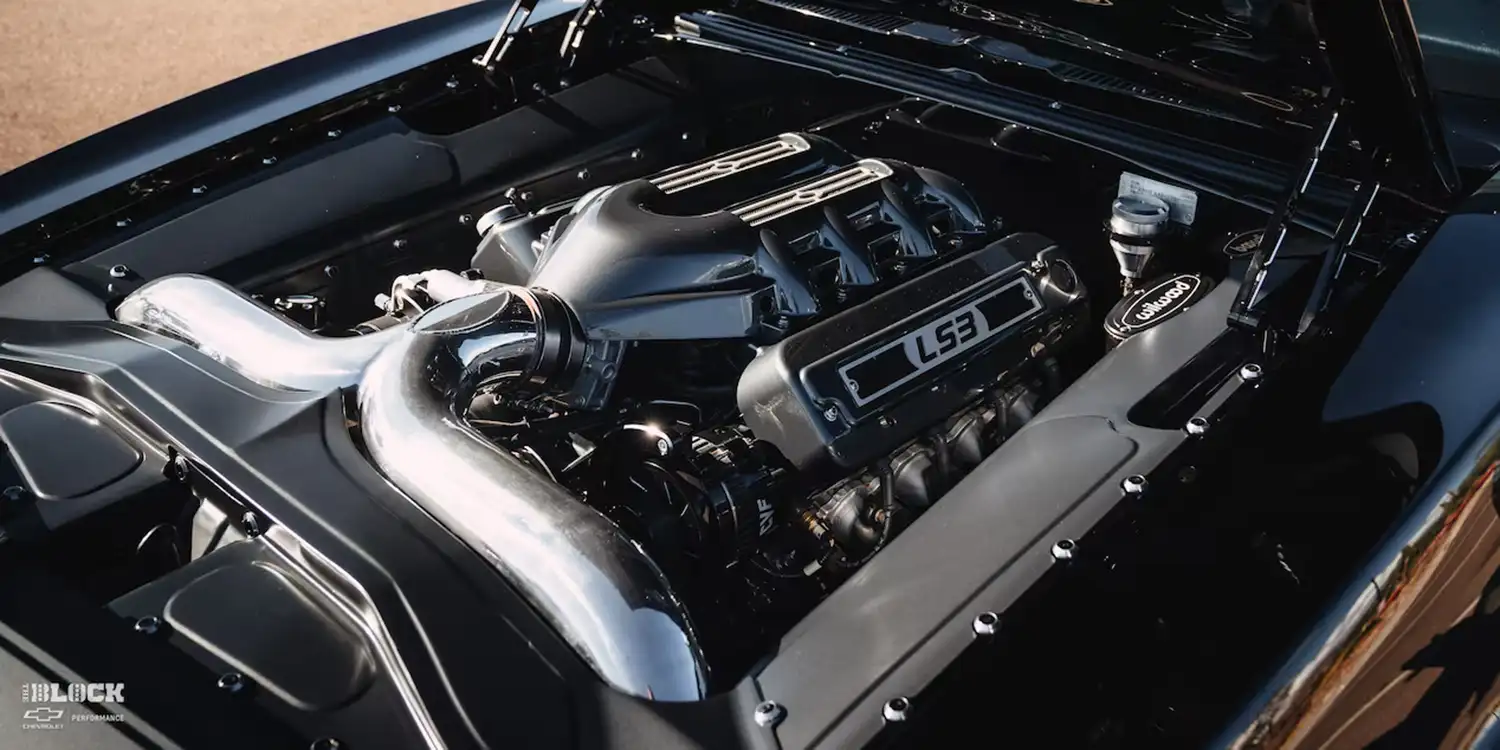

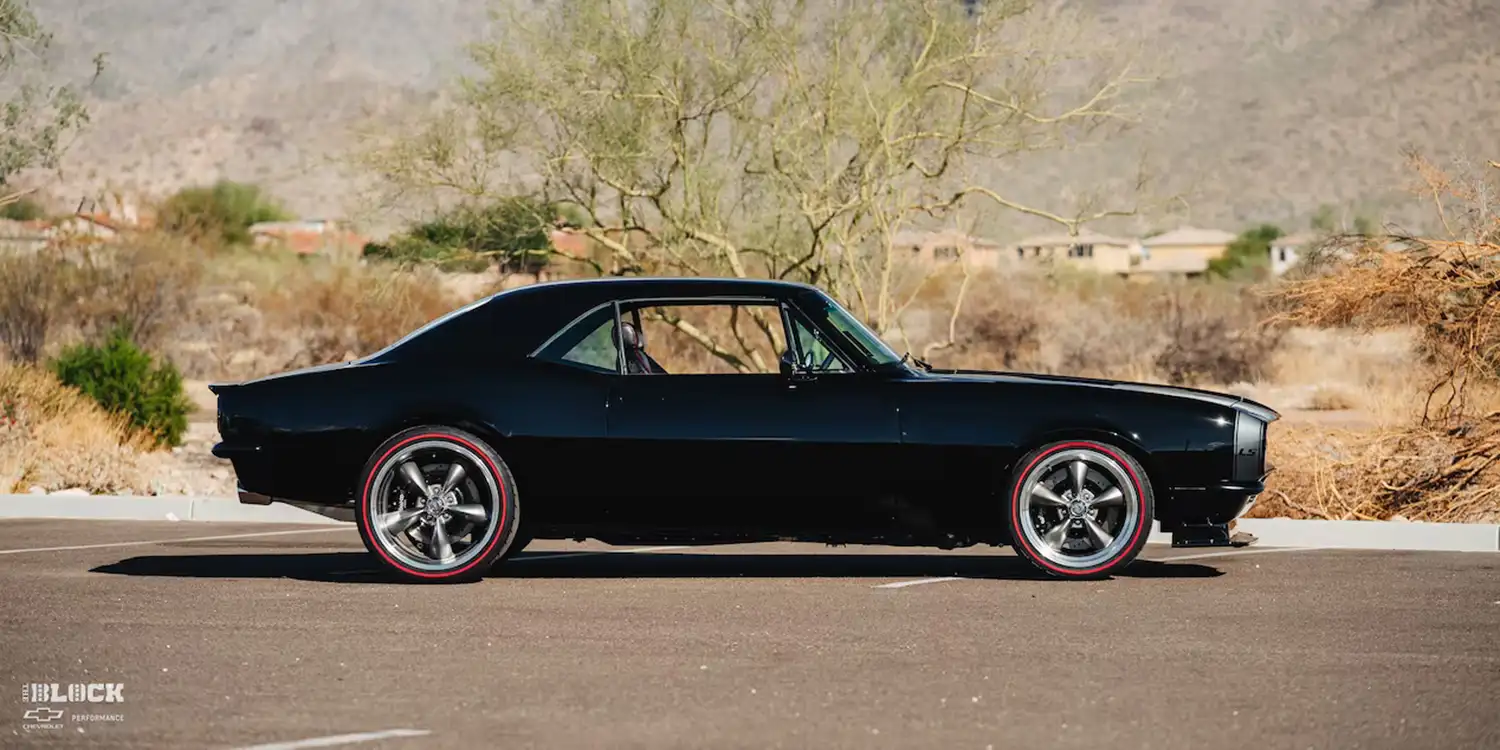
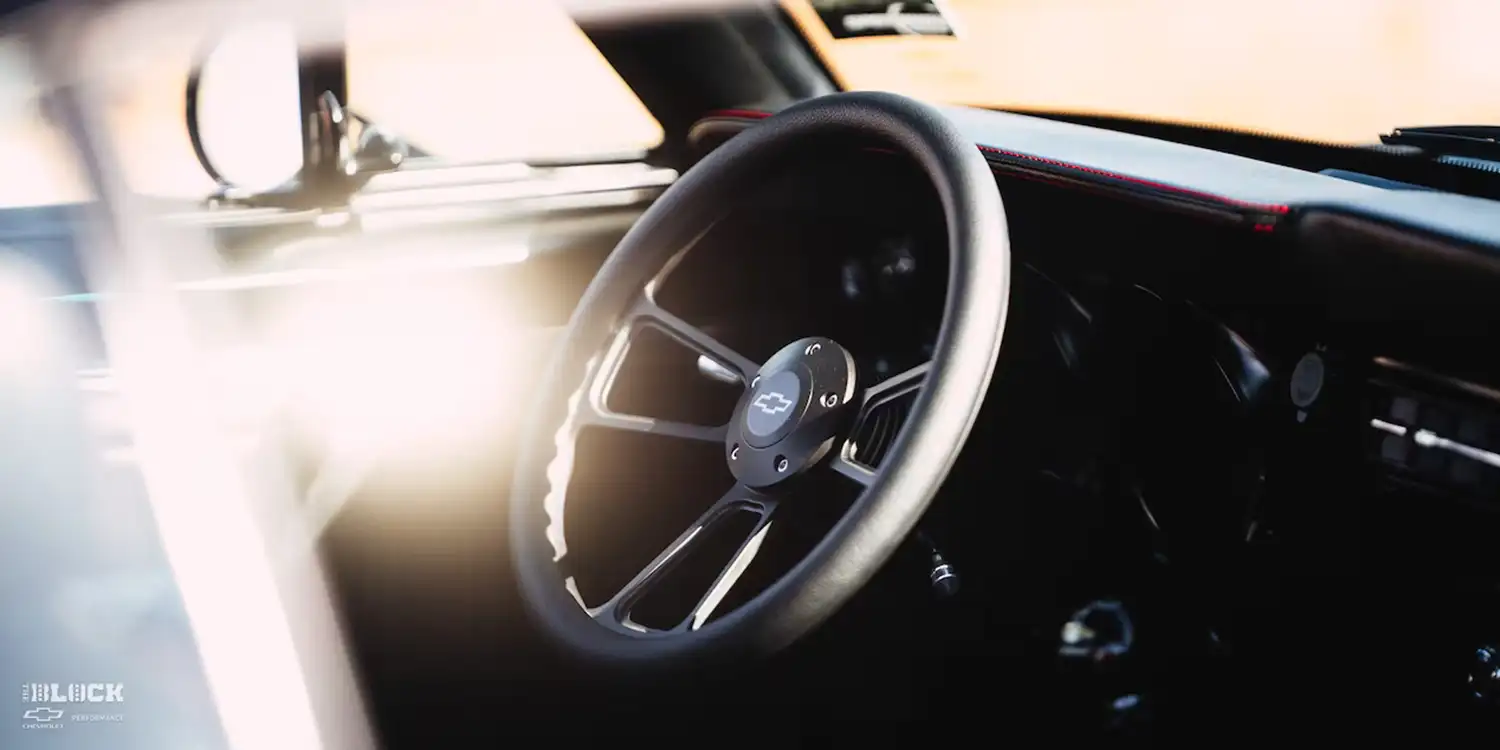
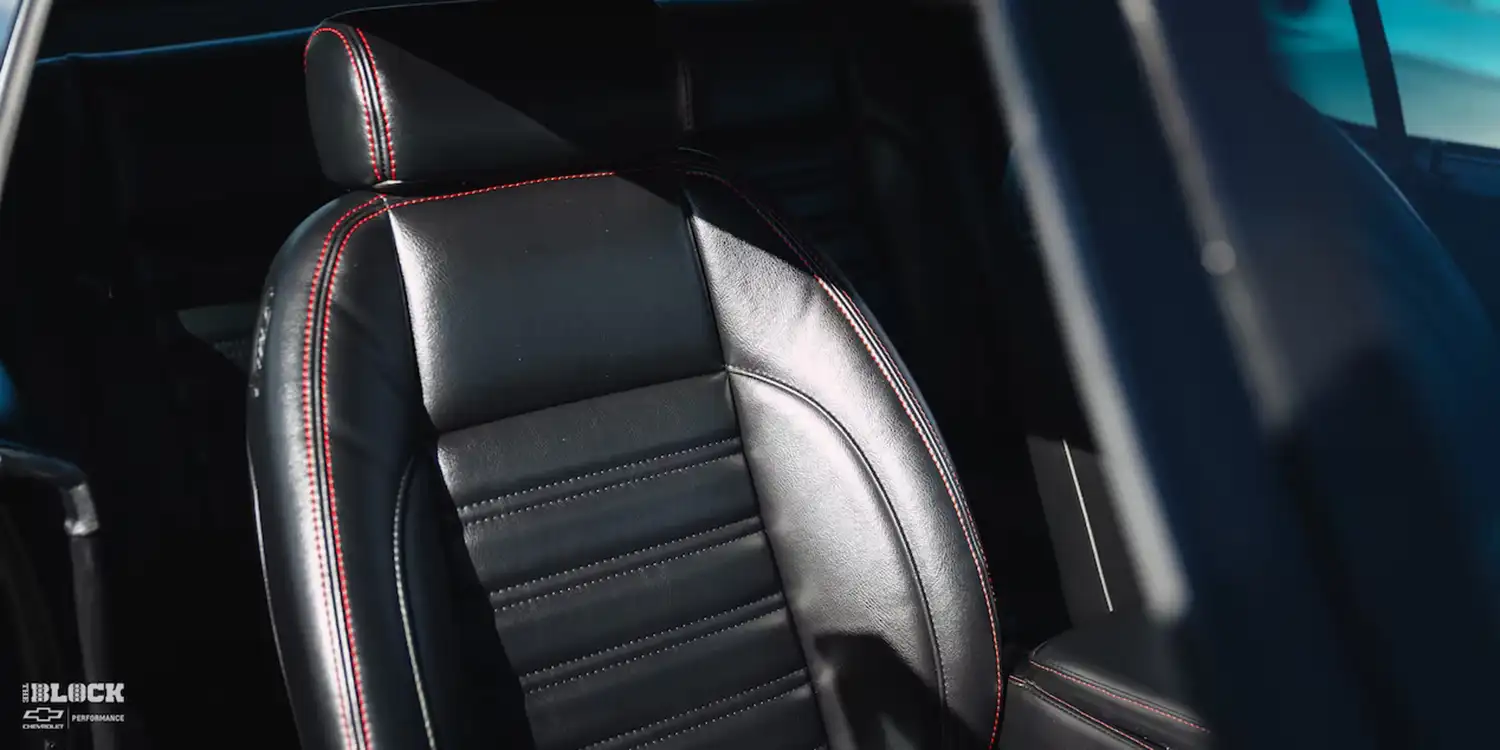
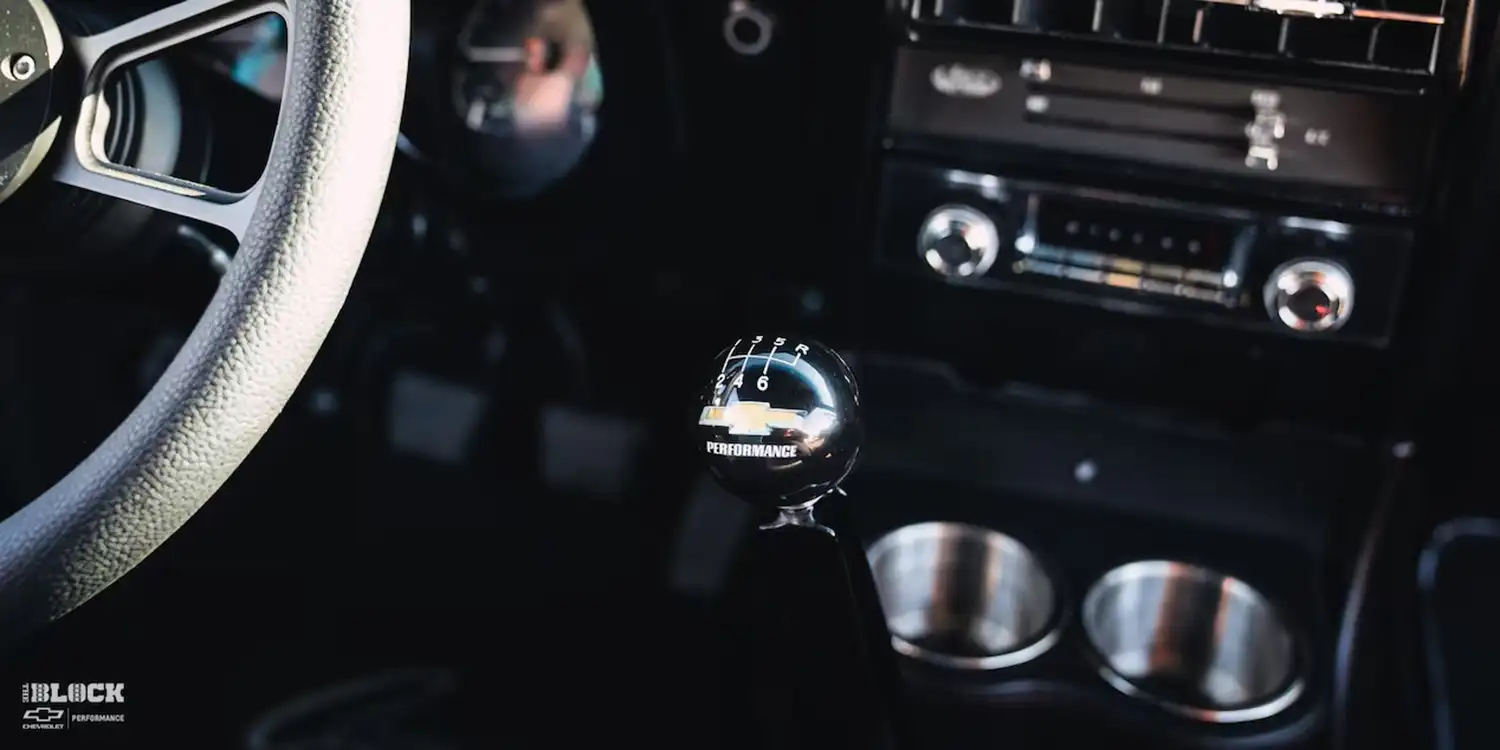
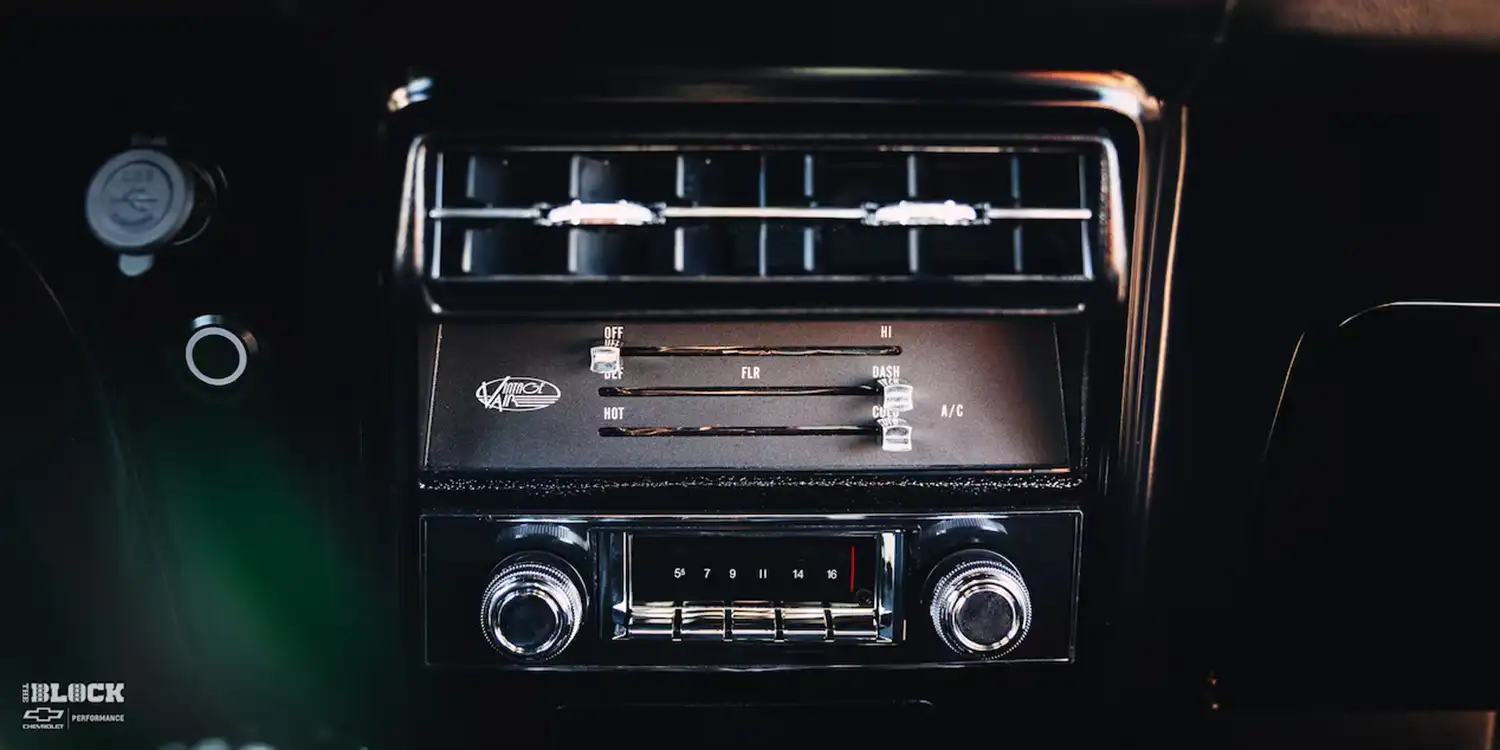
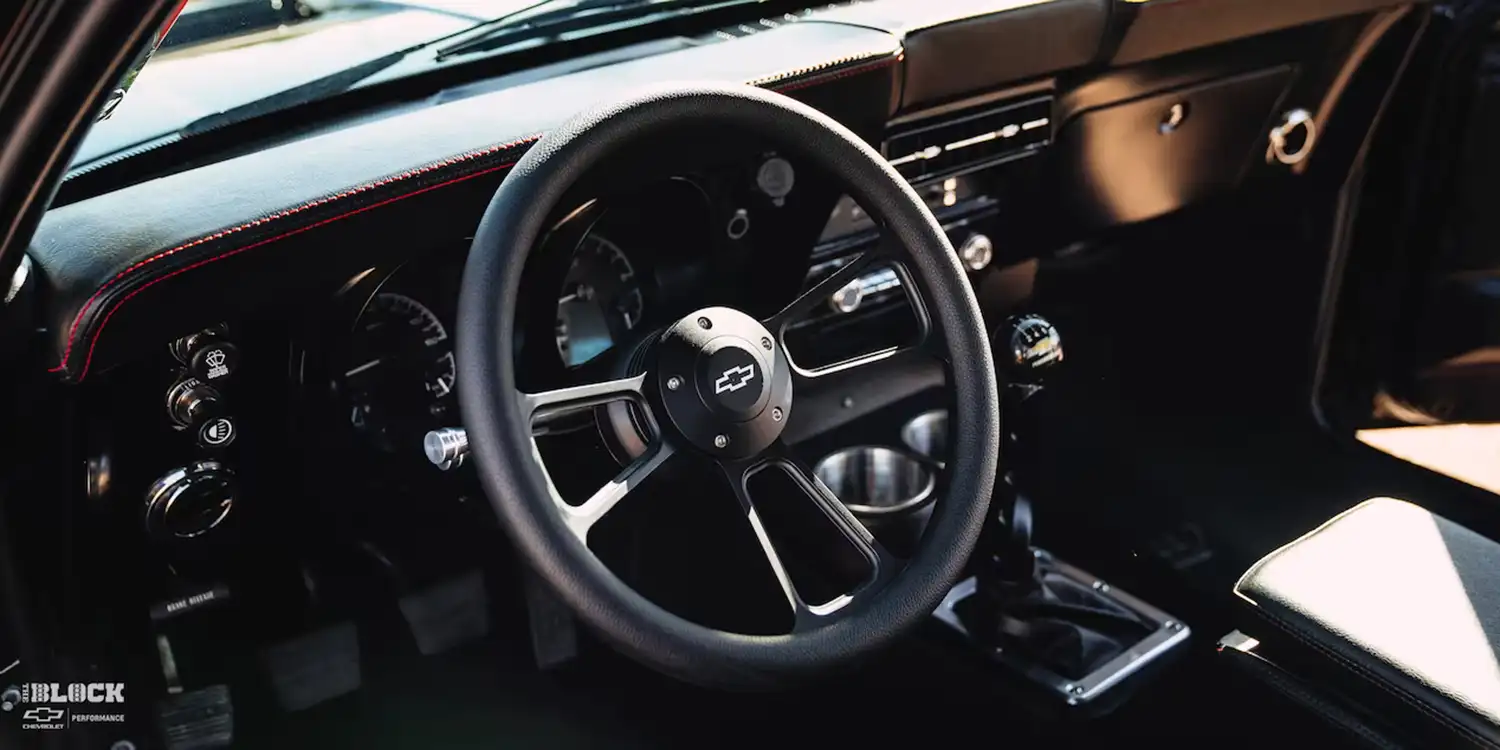
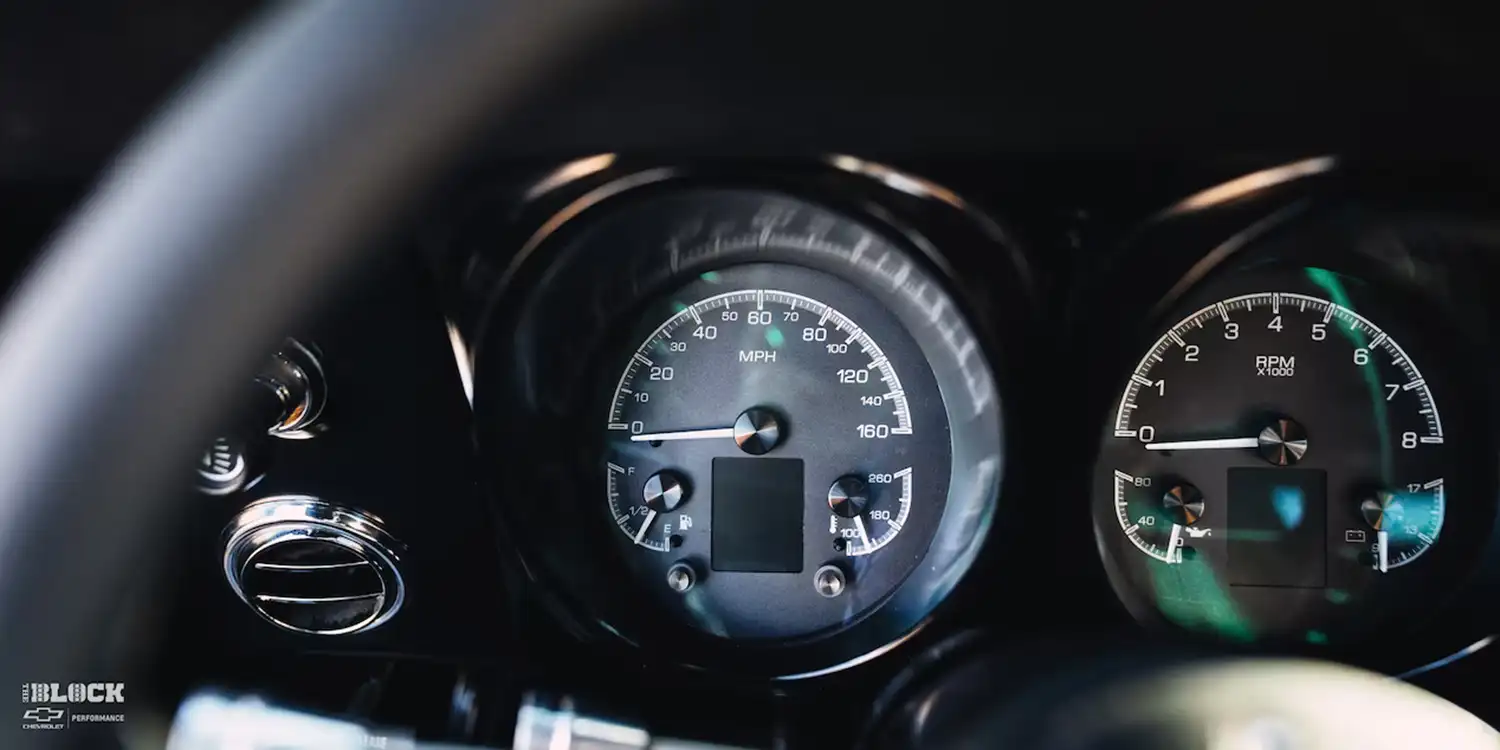
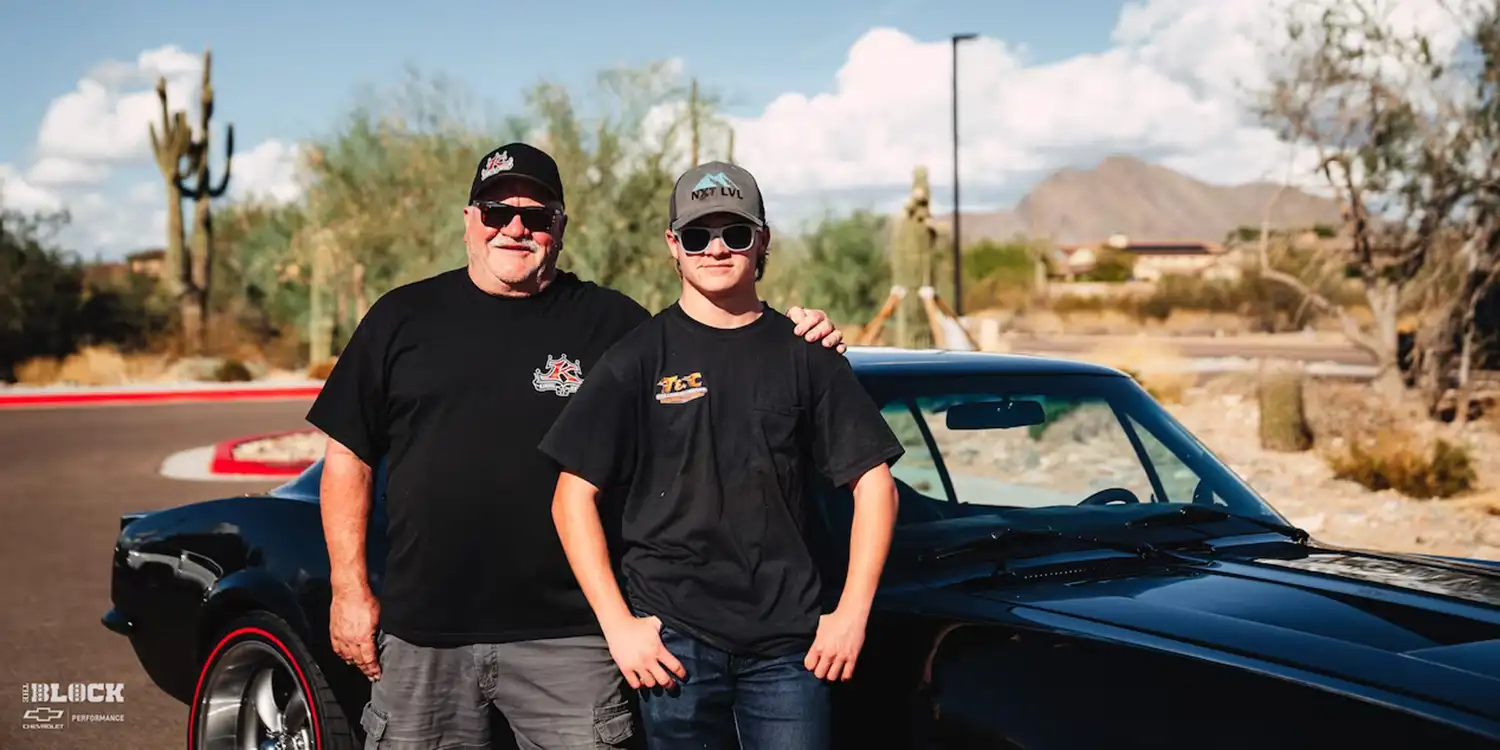
The post 1967 Chevy Camaro Black Haze appeared first on Wheelz.me-English.




